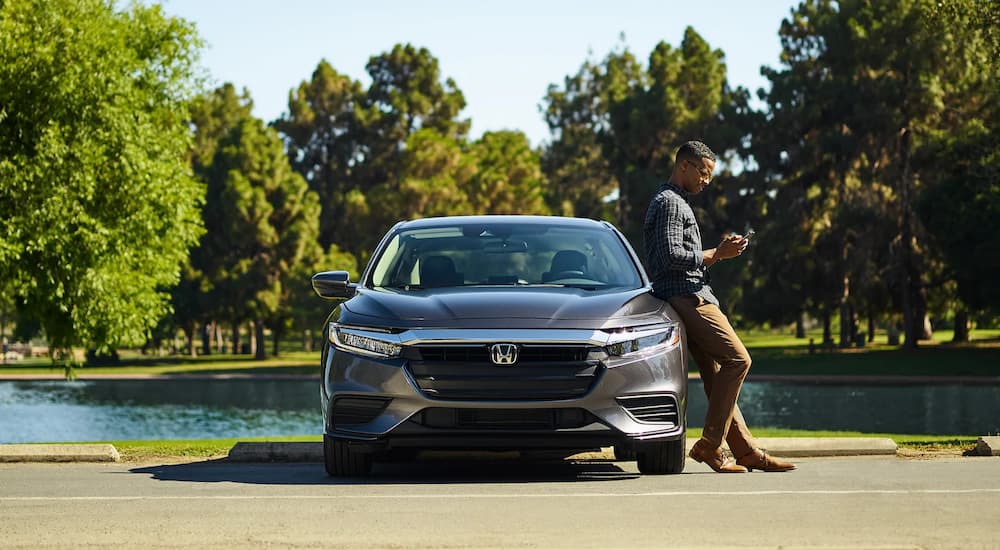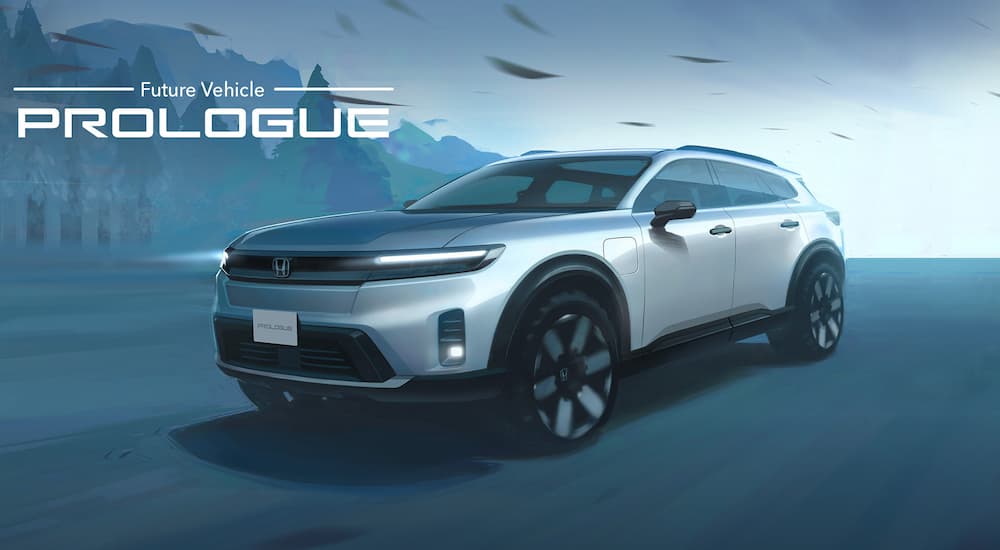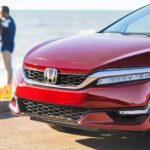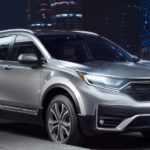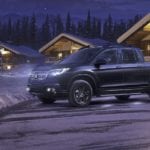Honda is a brand recognized for its innovative performance across multiple industries since its incorporation in 1948, beginning with motorcycles before moving into power generators, aircraft, and, most importantly, automobiles. We’ve seen Honda products working on farms, taking to the race track, soaring through the skies, and venturing off-road. What we haven’t seen a whole lot of from Honda are electrified automobiles. When compared to other leading automotive brands, Honda has fallen short in keeping up with the growing all-electric market even though it has announced its plans for a future zero-emissions lineup.
With minimal spark to the brand’s vehicles in recent years, it was hard to believe Honda would indeed plunge into delivering electric models to drivers. Those fears were put to rest when the brand announced in June 2021 that it would launch a new all-electric SUV. Honda is officially scheduled to begin its shift towards an all-electric lineup with the 2024 model year, so if you don’t want to miss the beginning of a new era with the next generation of Honda vehicles, you might want to keep an eye out at your Honda dealer.
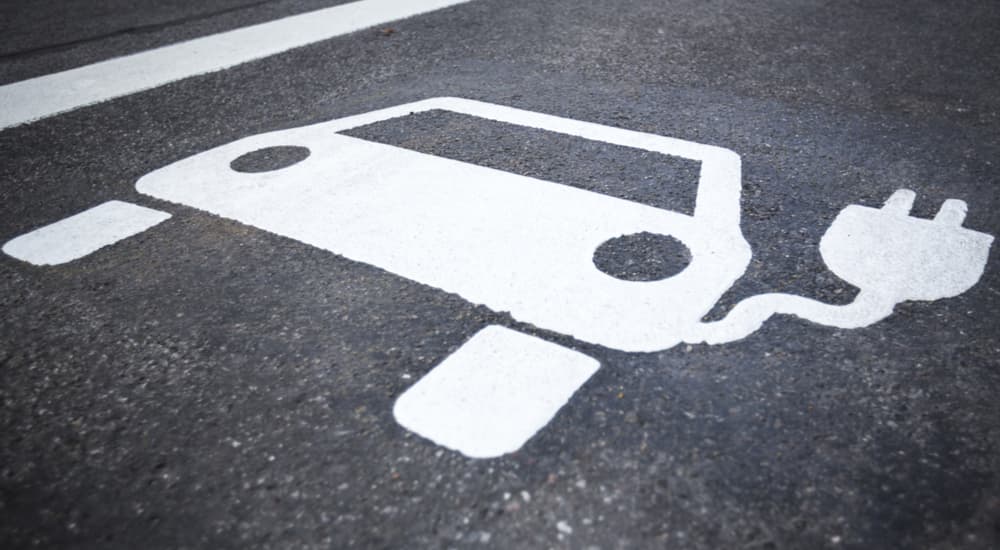
Why Choose to Drive Electric in the First Place?
There are many benefits to driving an electrified vehicle, whether a hybrid, fuel cell, or battery-electric model. Of course, the most obvious reason drivers choose electricity is to lower emissions. By reducing or eliminating the tailpipe emissions a vehicle produces, we’re helping clean the air we breathe, increase our health, and set the stage for a better future. This is especially true in highly congested areas like California that are suffocated by smog and greenhouse gas emissions.
Another obvious benefit to driving an electrified vehicle is saving money. Sure, electric cars often cost more than conventional gasoline vehicles upfront, but overall, you’re likely going to save in the long run. On top of saving money on fuel, with electric charging costing a small fraction of what filling a gas tank can cost, numerous tax credits and other incentives are available to motivate drivers to switch. Not to mention that electric vehicles have fewer moving parts and components to break, making them significantly easier and cheaper to maintain.
The last but certainly most exciting benefit to choosing an electric vehicle over a conventional gas or diesel-powered model is that they’re fun to drive. Since electric motors deliver instant torque, they can accelerate quickly. Most can launch from zero to 60 mph in less than six seconds, which is much quicker than the average car. In fact, the world’s fastest production vehicles are electric cars like the Rimac Nevera, Tesla Model S, and Lucid Air. Additionally, since battery packs are usually located in the floor of electric vehicles, lowering their center of gravity and improving stability and weight distribution, they provide outstanding handling through every curve of the road.
A New Era of Electrifying Hondas Has Arrived
Although electric cars have been in production since 1884, when the world’s first electric car made its debut, they didn’t gain mainstream popularity until the beginning of the 21st century. Until the introduction of modern battery technology, electric vehicles simply couldn’t keep up with gasoline models. But believe it or not, Honda has been tinkering with electric cars even before their current surge in popularity. Besides the hybrid electric models you might be familiar with, like the Honda Insight, Accord Hybrid, and CR-V Hybrid, Honda has a few electric vehicles under its belt, just none were very popular.
Honda’s first electric vehicle in America was the EV Plus which debuted in 1997. It was fully battery-powered but was only sold for two years and was only available in California. After experimenting with hydrogen fuel cell electric vehicles, Honda returned to battery electric cars in 2017 with the Honda Clarity Electric. However, this model was discontinued four years later due to its unimpressive statistics, including an EPA-estimated range of only 89 miles.
But with plans to have a complete lineup of zero-emission vehicles in North America by 2040, Honda had to take the plunge back into the all-electric segment at some point. Surprisingly, the brand chose to re-enter the scene with an all-new electric utility vehicle instead of the usual car, and SUV and Honda enthusiasts alike are thrilled with the announcement of the 2024 Honda Prologue.
2024 Honda Prologue EV Teaser!
Honda’s latest attempt at an all-electric vehicle is the result of a collaboration between Honda and the American manufacturer GM. Underneath a Japanese shell will be proven American technology, giving Honda a leg up on the competition and allowing it to accelerate its EV development.
The 2024 Honda Prologue is expected to be positioned between the Passport and the Pilot in the Honda lineup, with similar styling to the brand’s gas-powered vehicles. This is a departure from many competing models like the Tesla Model Y and the Kia EV6, which emphasize futuristic looks. Although the Prologue will be sharing the same GM platform and batteries as the extremely capable GMC Hummer EV and Cadillac Lyriq, following Honda’s reputation for affordability, it’ll be toned down some to be attainable for more drivers.
There have not been many details released thus far for the all-new 2024 Honda Prologue EV, but Honda dealers expect that it will be available in Honda’s traditional four trims: LX, EX, EX-L, and Touring. Still, with a brand new era at hand, Honda may spruce things up even more with a whole new set of trims. Based on the specifications of the disclosed underpinnings, the Prologue could see a range of between 250-300 miles and deliver 200-250 hp and 250-300 lb-ft of torque.
Unfortunately, we’ll just have to wait for the specifics at its official unveiling, hopefully sometime in 2023. Until then, we know from Honda’s design sketch that the Prologue will share its general size and shape with the Chevrolet Blazer EV. It has smooth lines, a raked windshield, a low roofline, slim mirrors on the sides, and a closed upper front grille for a sleek and aerodynamic design. We might even see some eye-catching 22-inch alloy wheels.
Can the New Honda EV Prove Successful in a Crowded Segment?
Besides Honda’s most recent failed attempt at an all-electric vehicle with the Honda Clarity, drivers have not seen many battery-powered models with Honda badging. However, performance is the root of all things Honda, and with the brand stretching across multiple industries, it’s surprising that we haven’t seen more battery-powered products. Maybe re-entering the all-electric automotive scene in America’s extremely popular SUV segment will launch Honda toward its goal of selling two million electric vehicles annually by 2030 and having a completely electric lineup in North America by 2040.
Honda has only released sneak peeks of its all-new 2024 Honda Prologue EV since confirming its production in the spring of 2022. From what has been released, we expect it will do just fine competing against other electric SUVs like the Ford Mustang Mach-E, Kia EV6, and Subaru Solterra. It is rumored that the Honda Prologue will have limited availability during its first few years on the market, so you might want to follow your Honda dealer closely to make sure you don’t miss out on Honda’s new era of innovation when it arrives.
